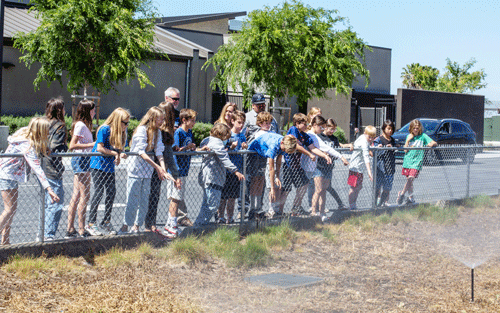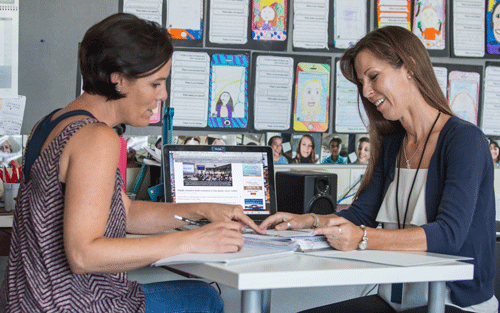Trash & Litter Short Program
Littering causes pollution, a major threat to the environment, and has increasingly become a cause for concern in many countries. As human beings, we are largely responsible for littering, and therefore, it is important to understand the impact litter has in our environment.
Littering along the road and streets, in our parks and at our schools can be blown or washed into rivers, forests, lakes and oceans, and, will eventually pollute waterways, soil and aquatic environments. Based on recent data, 7 billion tons of debris enter the world’s oceans annually and much of it is long-lasting plastic.
Plastic litter is another threat to the environment and its inhabitants. It has often been mistaken for food by both land and marine wildlife. When consumed by animals, they reduce the stomach capacity since they cannot be digested. In the long-term it affects the animals’ eating habits, eventually killing the animals.
Students learn about these important facts along with how, litter from their school gets into their local waterways.
Collect and Analyze Data
Using a school site map and an “On Land Visual Observation Data Form”,
students survey the campus and collect data about the location and volume of trash and litter found on the outdoor school site.
With data in-hand students discuss the type of litter and trash and who is responsible for it being on the ground at school.
Develop strategies and messaging
With a target audience identified, students develop messaging and strategies in order to achieve behavior change to stop littering. Some of the tools used in the strategies include posters, announcements, presentations
Education Campaign, and behavior change
Students refine their messaging and complete their messaging tools created. A campaign is refined and students meet with school administrators and custodians to discuss the education campaign and the schedule. In addition, the students conduct a school site cleanup of litter to demonstrate what a clean campus can look like.
Implement the “Clean Campus Campaign”
This weeklong campaign engages the entire student body and staff. The posters, announcements, presentations and social conformity efforts by the students (picking up trash and litter during lunch) is conducted by the students who have participated in the program.
Final Data Collection and reporting
After the “Clean Campus Campaign” students conduct a final “On Land Visual Observation”. A final report is prepared by inserting data from the two OLVO, with examples from the campaign along with recommendations for continuing. This report is presented to the school principal.
Littering along the road and streets, in our parks and at our schools can be blown or washed into rivers, forests, lakes and oceans, and, will eventually pollute waterways, soil and aquatic environments. Based on recent data, 7 billion tons of debris enter the world’s oceans annually and much of it is long-lasting plastic.
Plastic litter is another threat to the environment and its inhabitants. It has often been mistaken for food by both land and marine wildlife. When consumed by animals, they reduce the stomach capacity since they cannot be digested. In the long-term it affects the animals’ eating habits, eventually killing the animals.
Students learn about these important facts along with how, litter from their school gets into their local waterways.
Collect and Analyze Data
Using a school site map and an “On Land Visual Observation Data Form”,
students survey the campus and collect data about the location and volume of trash and litter found on the outdoor school site.
With data in-hand students discuss the type of litter and trash and who is responsible for it being on the ground at school.
Develop strategies and messaging
With a target audience identified, students develop messaging and strategies in order to achieve behavior change to stop littering. Some of the tools used in the strategies include posters, announcements, presentations
Education Campaign, and behavior change
Students refine their messaging and complete their messaging tools created. A campaign is refined and students meet with school administrators and custodians to discuss the education campaign and the schedule. In addition, the students conduct a school site cleanup of litter to demonstrate what a clean campus can look like.
Implement the “Clean Campus Campaign”
This weeklong campaign engages the entire student body and staff. The posters, announcements, presentations and social conformity efforts by the students (picking up trash and litter during lunch) is conducted by the students who have participated in the program.
Final Data Collection and reporting
After the “Clean Campus Campaign” students conduct a final “On Land Visual Observation”. A final report is prepared by inserting data from the two OLVO, with examples from the campaign along with recommendations for continuing. This report is presented to the school principal.
Benefits to educators and students
|
Features of all of our programs
|


